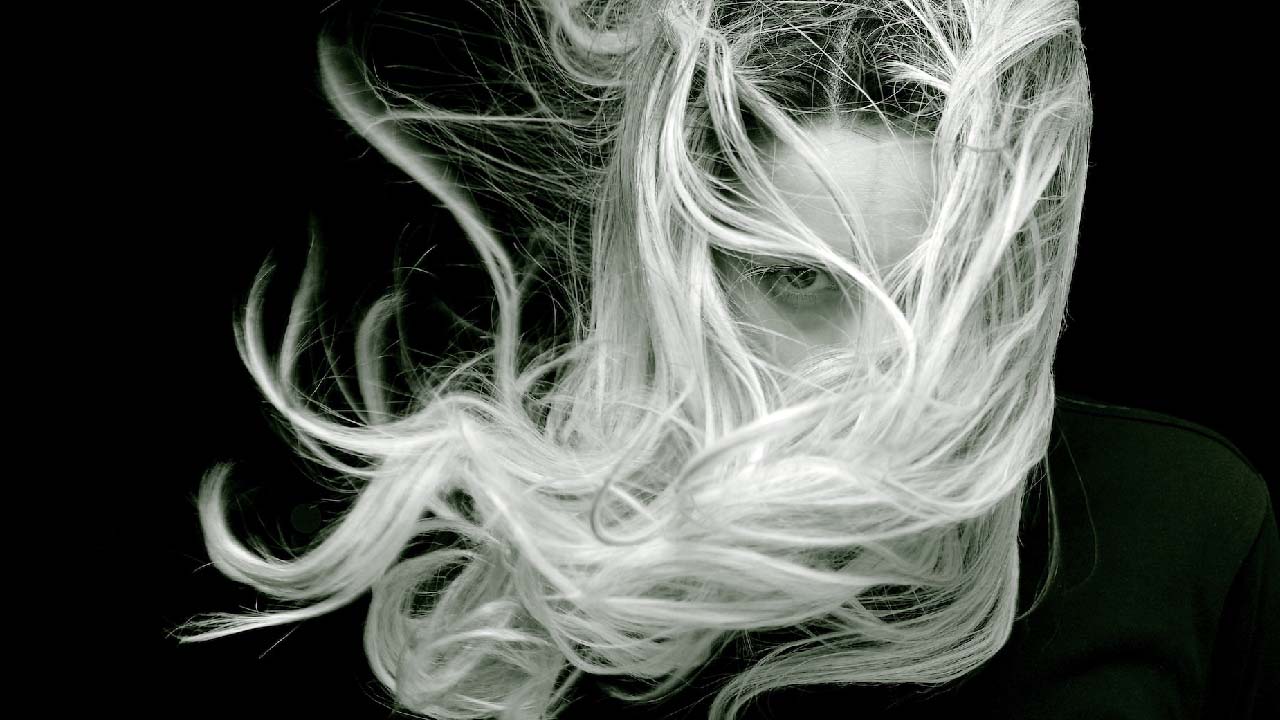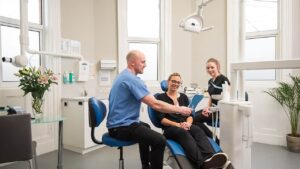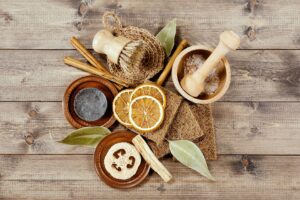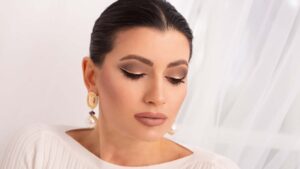Bleaching your hair can give you a desired look that you have always wished for. But it comes with some damage. These bleached damaged hair can leave your hair dry, brittle, and damaged. So, if you have recently gone to hair bleaching and you’re looking for ways to bring it back to life. Then, you’re on the right page.
With proper care and right treatments that are suitable and beneficial for your hair health, it requires some essential steps to look upon. These steps will most probably help restore your hair’s health and shine. Here’s a step-by-step guide to help you repair your peroxide-treated hair and maintain its strength.
Start With A Cut
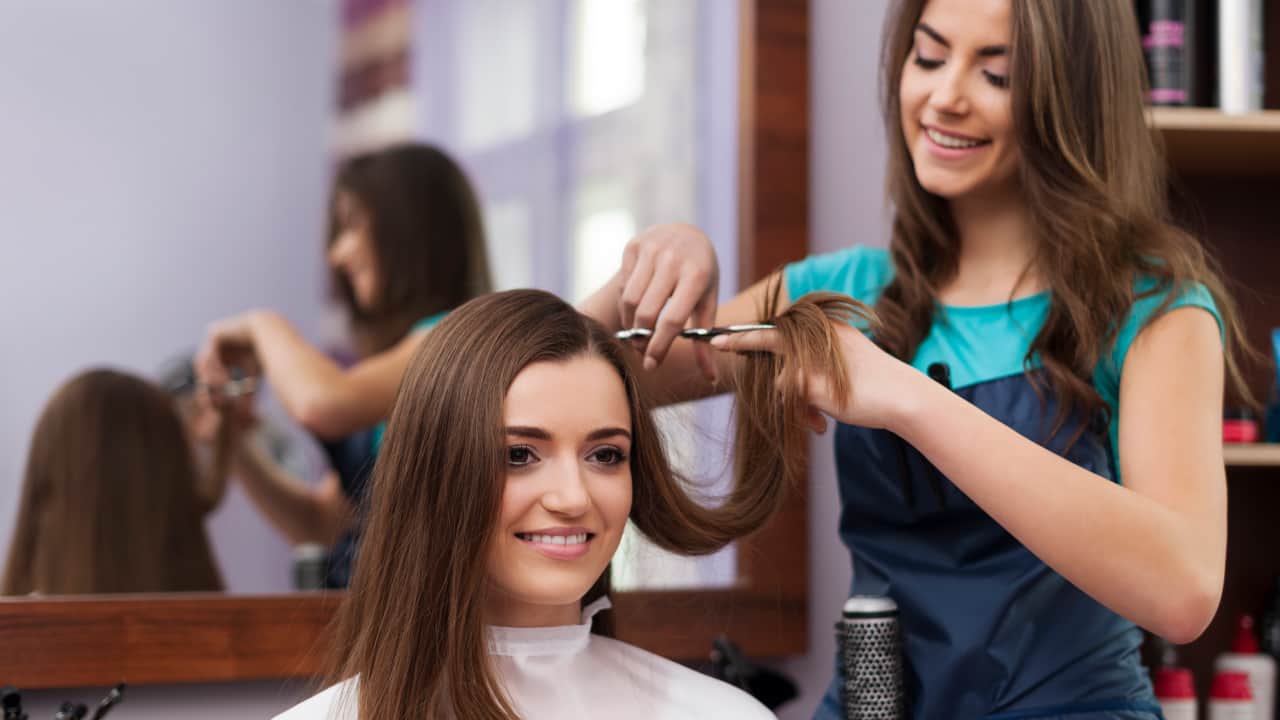
Trimming your hair is necessary for your hair maintenance, especially for bleached and damaged hair. It is the foremost step and best way for growth and prevention from damage. As bleaching affects the strands by making it weaken and leading towards split ends.
However, it is necessary to trim the split ends that came out as a result of bleaching. After every 6 to 8 weeks, trim the split ends, which gives a healthier look to your hair. A professional can assess your damaged hair and give it a trimmed look from where it is needed. However, you will achieve your desired look.
Y
Switch Up Your Shampoo and Conditioner
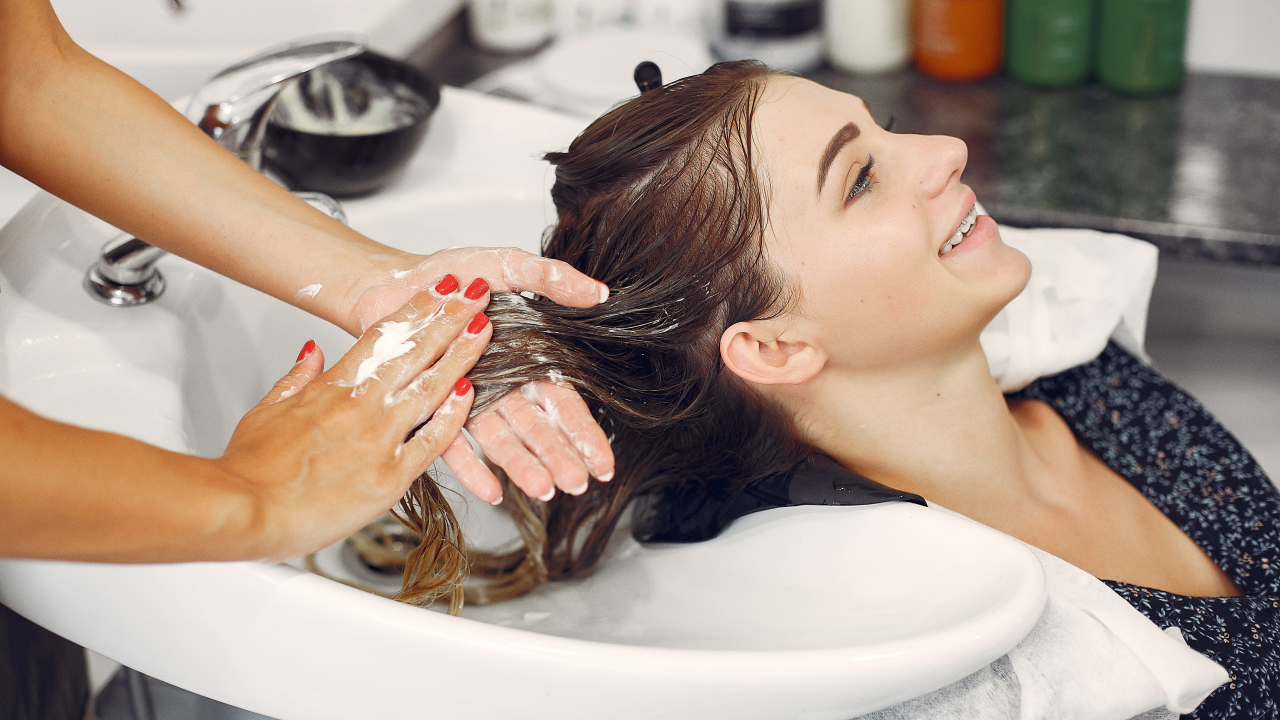
After going through the drastic damage of bleaching, the second most essential thing is looking up for a reliable shampoo and conditioner. Yes, it makes a huge difference for sure for treating the after effects of bleach.
As your hair is already weak and fragile, now it’s the time to use products that give nourishment and hydration by natural means. This can only be achieved when avoiding harsh chemical and sulphate containing products, in order to avoid your hair getting stripped off and drying out. For curly hair tips, focus on hydrating products.
Opt for sulfate-free products, particularly those designed for damaged or color-treated hair. Some shampoos designed specifically for bleached damaged hair include moisturizing or repair-focused formulas that target dry strands while preventing further breakage.
Use A Hair Mask
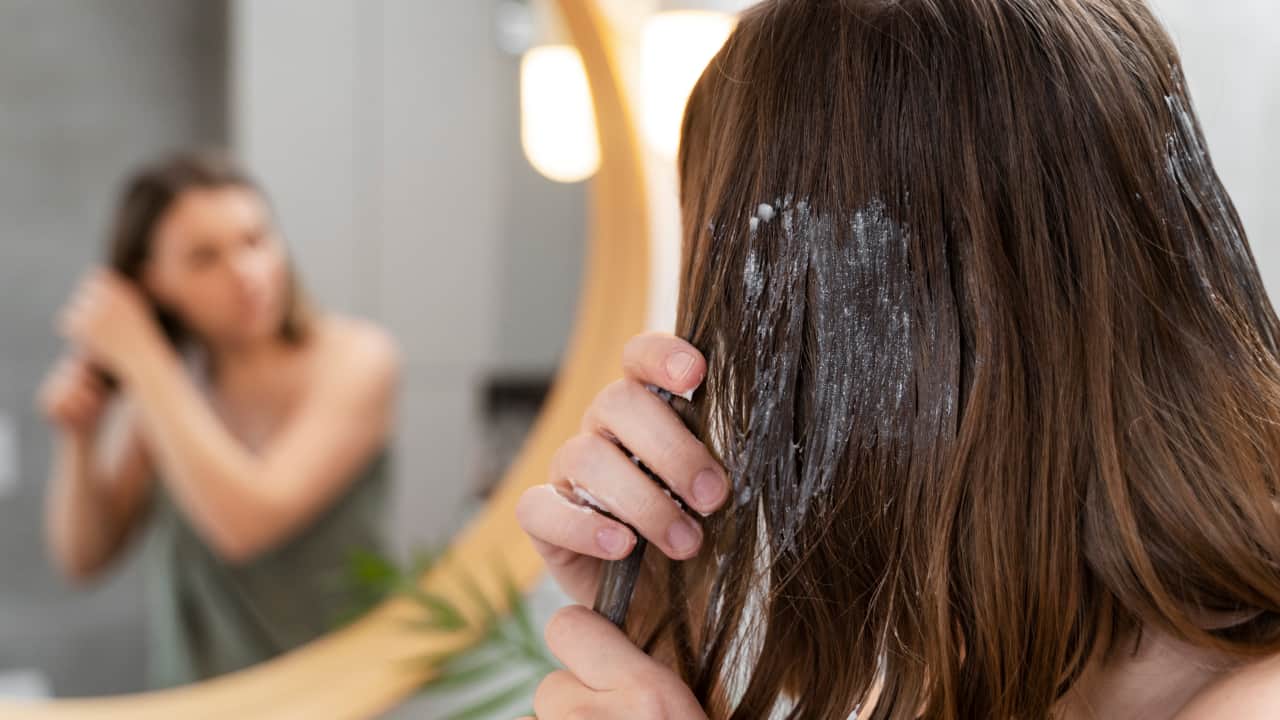
Deep conditioning is essential when it comes to repairing bleached damaged hair. The intense moisturizing effects of a hair mask will deeply hydrate your strands, helping restore their elasticity and strength. Aim to use a hair mask once a week, especially if your hair feels particularly dry or brittle.
Masks with rich ingredients hold a great significance. Search for masks having argan oil, proteins, or keratin in them. All of these have the ability to rebuild dull and damaged hair. Hair masks containing such ingredients help restore moisture and strength. Eventually, your hair starts feeling smoother and softer than before. You can also find some masks formulated specifically for lightened or color-treated hair to protect against damage and restore vibrancy.
Assess the Damage
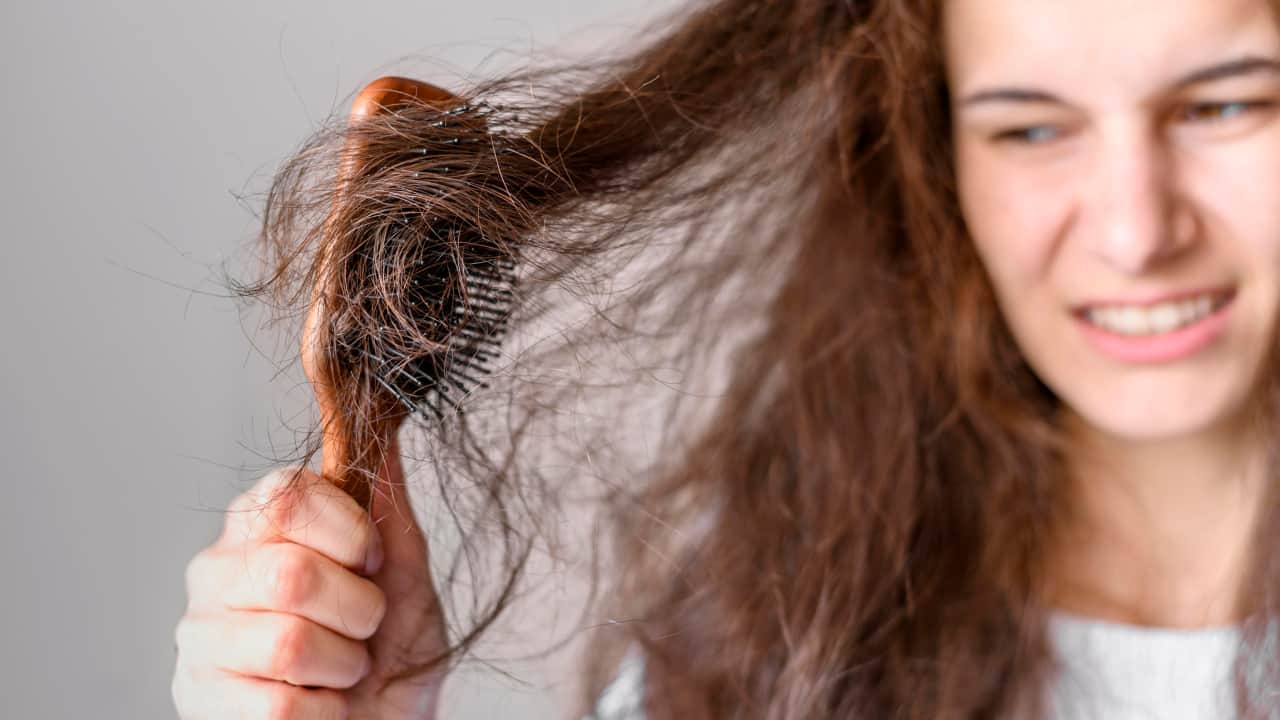
Before proceeding towards any treat, first assess the condition of your hair. All bleached hair are damaged to some extent, the severity may vary depending upon the type of hair, and other numerous factors like bleaching process and how many times you have done bleaching.
If your hair is in an extremely damaged state following a significant breakage, you may need to see a professional for intensive hair treatments. These hair professionals, while assessing the damage, also suggest the best course of action. These solutions consist of protein treatments and other targeted solutions.
Deep Conditioning
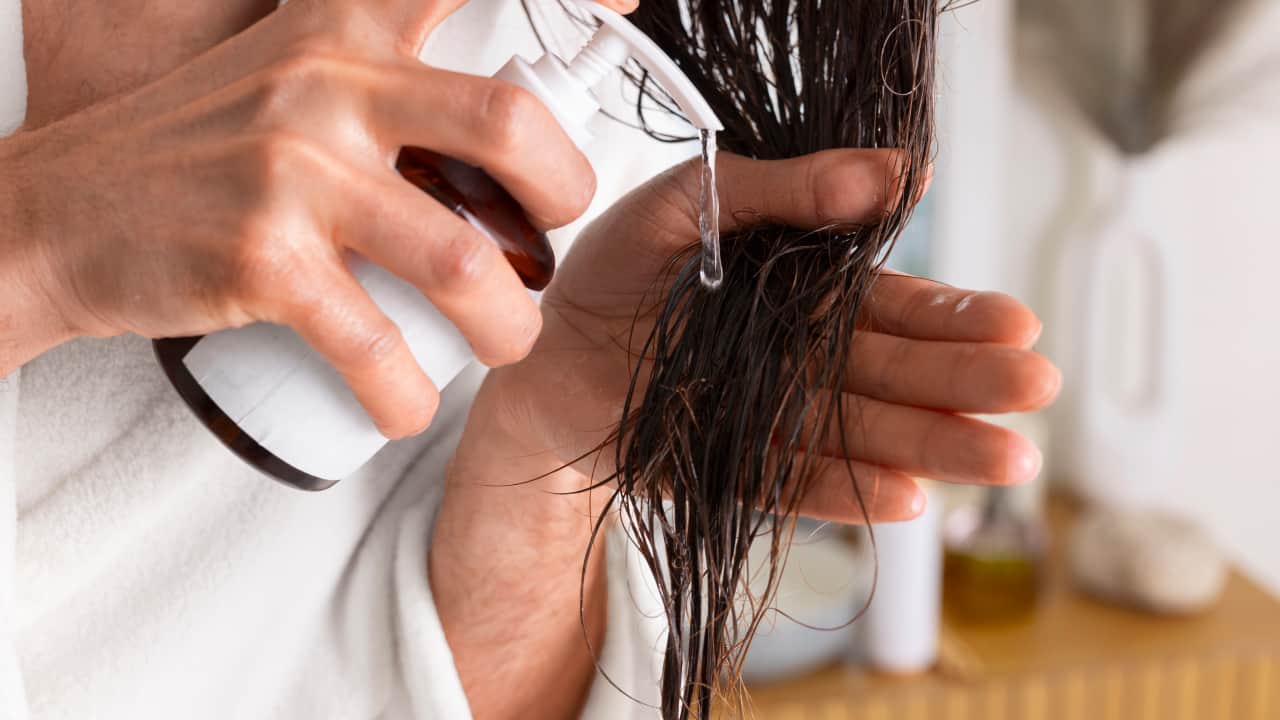
The most effective ways include deep conditioning that provides moisture and hydration to your hair both inside out. It works like magic especially for bleached hair. Natural oils and proteins are present in many hair conditioners, providing nourishment to hair strands.
Due to bleaching, you may lose strength and moisture, but applying a deep conditioning mask once in a week helps in restoring your loss. Look for masks that consist of ingredients such as keratin, shea butter, and coconut oil.
Limit Heat Styling
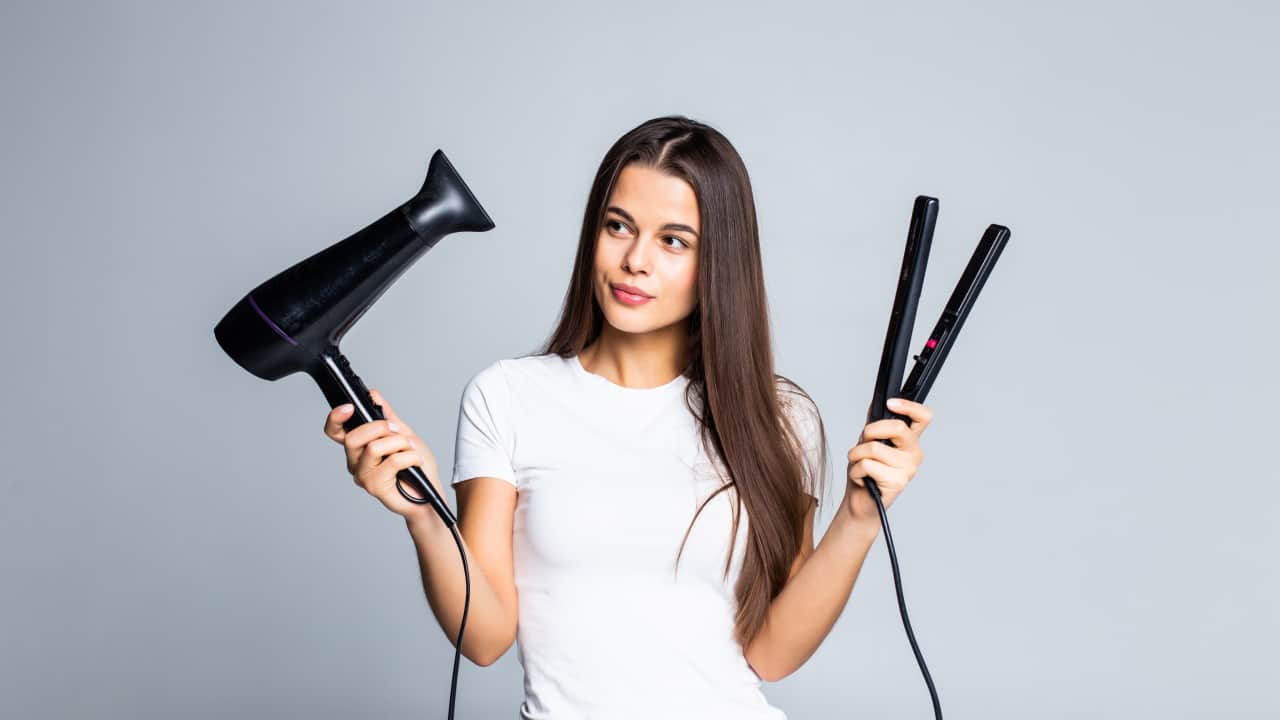
It is better to keep your bleached hair away from heat as less is better for your hair. A blow dryer can also be a cause of damage. Try to style your hair in natural alternative ways rather than frequent usage of heated tools.
If you are used to styling your hair with these heated tools, just keep them on the lowest heat and apply a heat protectant before styling. These cautionary measures will give a styling without any heat damage.
Opt for Gentle Hair Care Products
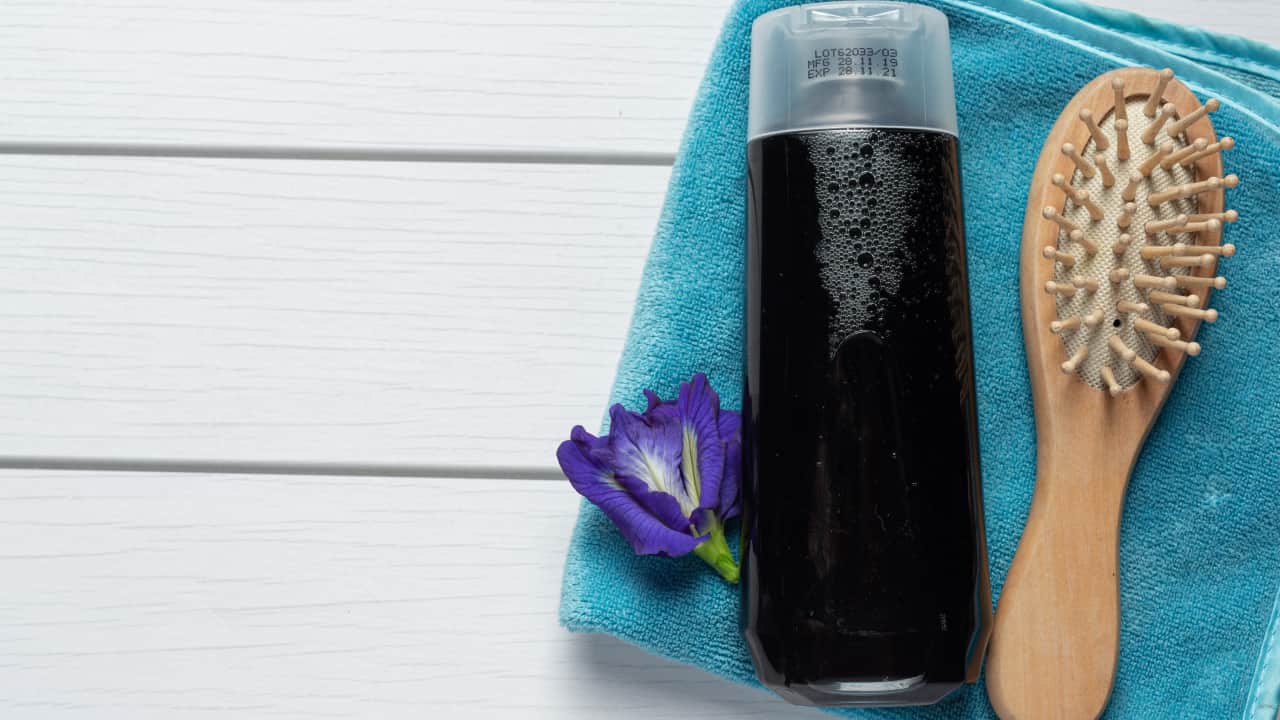
It is recommended to use mild hair care products to avoid additional damage to your already colored or bleached hair. Use only those hair-products that contain no sulfate, parabens, and alcohols. Because these harmful ingredients make the hair lose its natural oils and contribute to getting fragile even more.
Related Pick: The 12 Alternative and Effective Uses of Dry Shampoo
You may find many brands that manufacture products with no such harmful ingredients. In fact, they are infused with natural oils, proteins, and vitamins that encourage hair strength and nourishment of hair.
Incorporate Protein Treatments
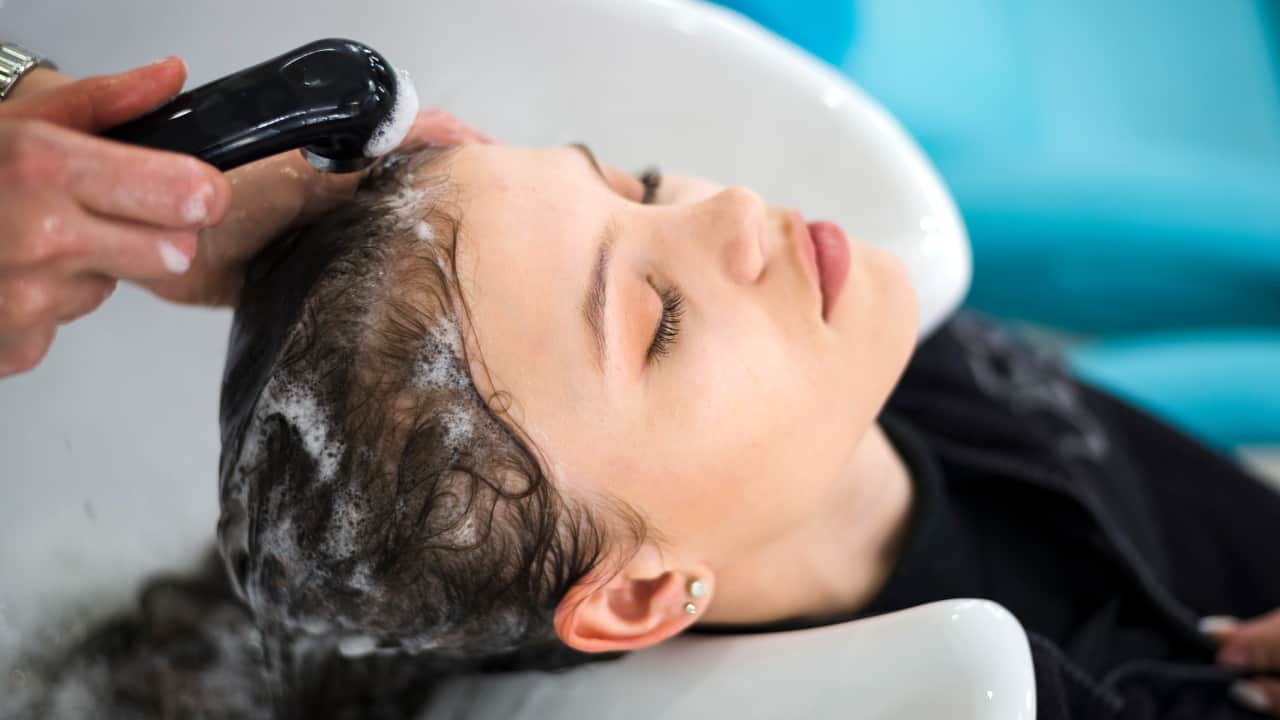
Bleaching can cause great damage to your hair by weakening the protein structures, leading to breakage. You need to include protein treatments in your routine to counteract this hair breakage. These treatments will not only rebuild the protein structure but also restore the strength of your hair.
Use hair masks or leave-in treatments that contain keratin or hydrolyzed proteins, which are known to strengthen the hair fibers. These treatments can be incorporated once a month for most hair types.
Protect from UV and Environmental Damage

Your hair also needs protection from environmental damages just as your skin needs. So, it is important to protect them from UV rays coming directly from the sun. This happens because these rays make your hair weaken, especially the de-colorized ones. It may fade the color, that is something you avoid when it comes to the repair of your bleached hair.
Keep your protection by following simple measures like wearing a hat or using a leave-in conditioner having UV protection within. This is an extra step that can be opted to protect your hair from pollutants and UV rays from any further damage to your strands.
Adopt a Healthy Lifestyle

/
Healthy lifestyle holds a key importance in your hair’s health. Ensure and must follow a balanced diet that includes minerals and vitamins, promoting healthy and strong hair. For hair maintenance and moisture, there are certain nutrients playing a vital role. These nutrients include vitamins A, C, and E, along with protein and omega-3 fatty acids too.
Keeping yourself hydrated is also essential, as it may avoid your hair getting dry or brittle. Stress management is also a considerate step which you can take for your hair’s health, as stress can be a leading cause for hair thinning and loss.
Some Facts About Peroxide-Treated Hair
Here are some facts about blonde-dyed hair:
Hair Can Absorb Up to 30% of its Weight in Water After Bleaching
Blonde-dyed hair becomes porous, allowing it to absorb more water than unbleached hair. This porosity makes hydration a key focus during repair. Using hydrating masks or conditioners with natural oils and humectants like glycerin can help your hair retain moisture and reduce dryness.
Protein Overload Can Be Harmful
Protein treatments are essential for strengthening damaged hair. But, the excessive usage may lead to “protein overload,” making your hair brittle and prone to breakage.
Sun Protection for Hair
Lightened hair is more sensitive to UV rays, which can break down the cuticle and fade color. Using products with UV filters or wearing a hat when outdoors protects your hair from environmental damage, helping it recover faster.
Conclusion
Dedication and patience is equally needed in the process of bleaching your hair. Following these steps, from regular trimming to having deep-conditioning treatments, leads to restoration of your hair. Perhaps, it helps to restore the moisture, length and vibrancy of your hair.
Know this for a fact that every hair type is different from other, varying individual to individual. So, it may take some time to find the right routine, including natural remedies as per your hair type. Proper care with consistency is required in order to regain the shine and health of your hair again.

